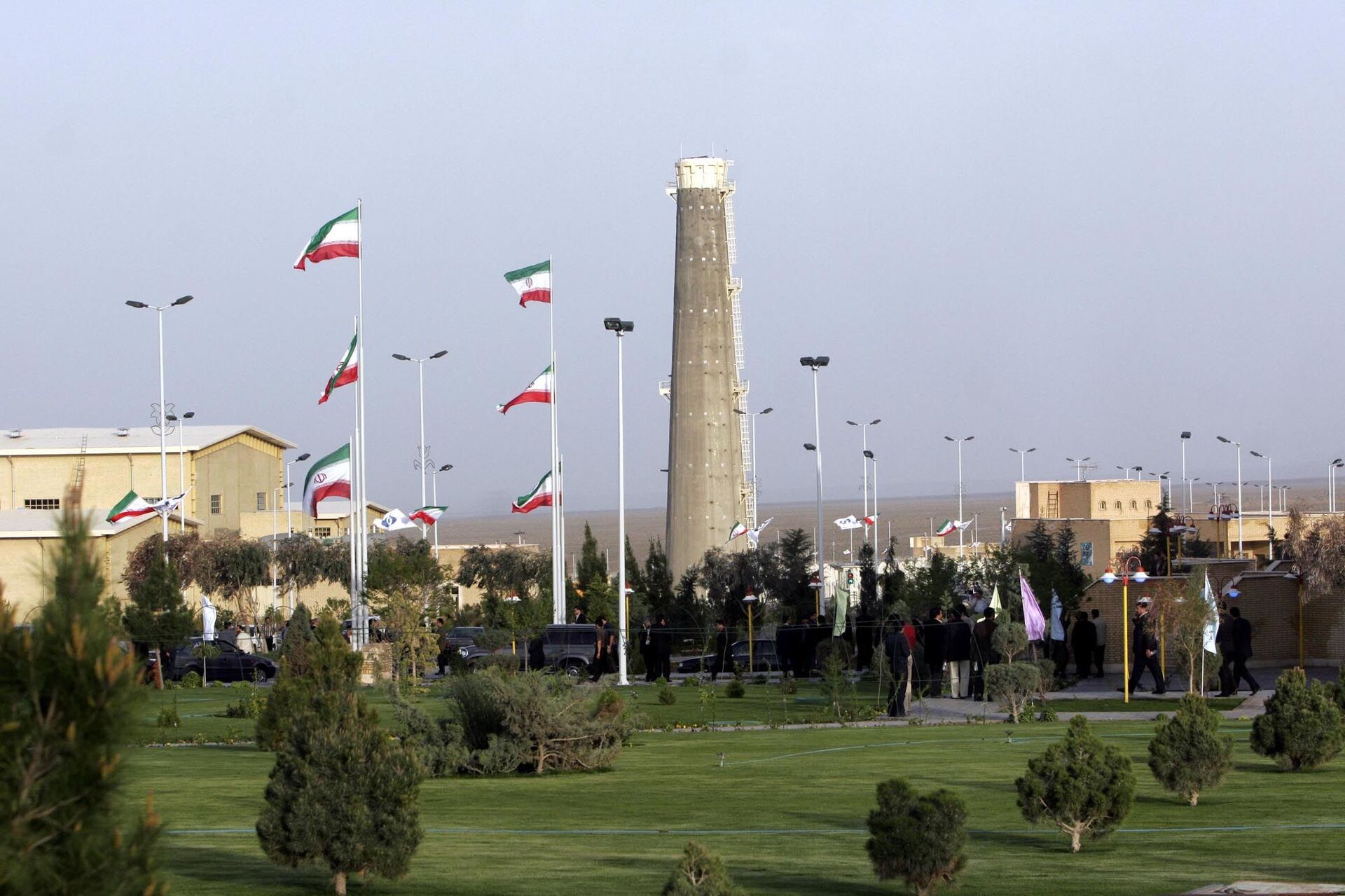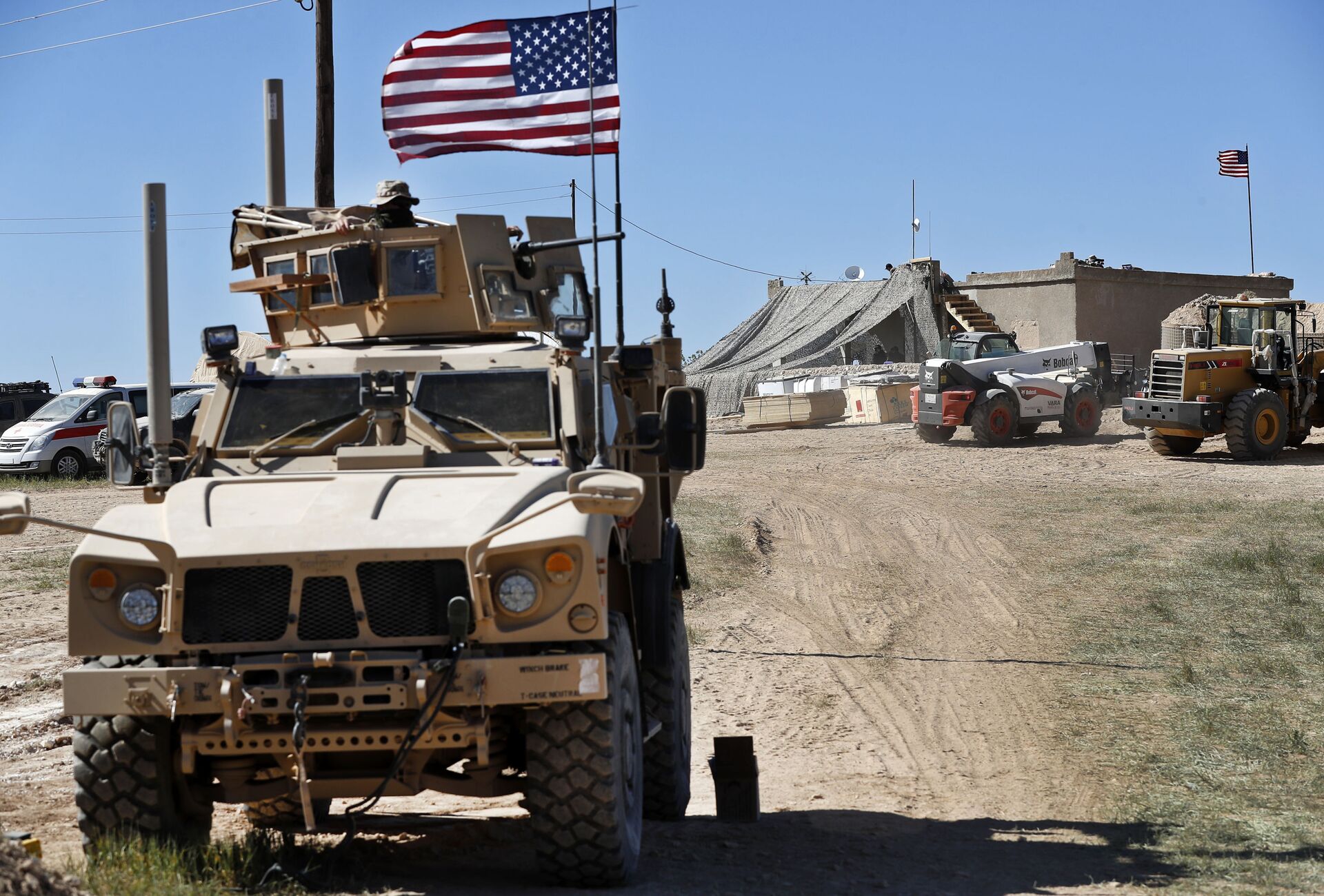On Friday, US Defence Department spokesperson John Kirby told reporters that the strikes were "very much defensive" in nature and sent a "very clear signal that the US is going to protect its people, it's going to protect its interests and it's going to protect its partners". For his part, President Joe Biden said that the US missile attack had informed Iran that it "can't act with impunity". In response, the Iranian Foreign Ministry denounced the American operation, stressing that it violated both the sovereignty and territorial integrity of Syria.
US Syria Strikes and Iran Nuclear Deal
"The [Biden] administration wanted to send a message that it is not weak, and also wanted to strengthen its hands in the lead up to discussions with Iran regarding the [2015] Joint Comprehensive Plan of Action (JCPOA)", says Dr Mehran Kamrava, director of the Centre for International and Regional Studies and Professor of Middle Eastern Studies at Georgetown University-Qatar.
At the same time, the attack cannot be seen as an "escalation" and that "its measured nature sends a more subtle signal that the US does not necessarily want to escalate tensions with Iran", the scholar suggests.
On 18 February, the Biden administration announced that it was ready to restart talks with Iran over the resumption of the 2015 JCPOA unilaterally torn apart by the Trump administration in May 2018. Washington and Tehran, however, have yet to agree on who should make the first move.
"In the context of what was supposed to be pending rapprochement between Washington and Tehran, with this illegal strike Biden is sending incredibly mixed messages to Iran", argues Max Parry, an American independent journalist.
On the one hand, Biden signalled he wants to re-enter the Iran nuclear deal framework, but on the other, he is still unwilling to lift sanctions on Tehran, and has even resorted to bombing facilities allegedly belonging to "pro-Iran" Shia militias, the journalist notes. Furthermore, "there is no proof the group which claimed responsibility for the attack on 15 February has ties to the Iranians", Parry says.

'US Reaps What They Sowed in Syria and Iraq'
Thursday's strikes are not "an action" but "a reaction from the United States' perspective", says Lorenzo Trombetta, Beirut-based scholar, analyst, and journalist specialising in contemporary Syria and the Middle East.
"The airstrikes committed last night are nothing but a reply to other rocket strikes committed by Iraqi armed groups against three different targets in the last 10 days, namely the Erbil US airbase, the Al Balad Iraqi military base, where the US has firm interests", he says.
At the same time, in contrast to Trump's "pull-out" rhetoric, the Biden administration has signalled that Washington will remain present in the region and will "continue to exert a certain level of influence and control, both in Iraq and on the eastern regions of Syria and bordering regions with Iraq", according to the Beirut-based scholar.
The Pentagon's assertion that the latest attacks are "defensive" in nature does not hold water, argues Basma Qaddour, a Syrian journalist, co-author of "Voices from Syria", and head of the news department at The Syria Times. US military deployment in Syria and Iraq is regarded as illegal occupation by Syrians and Iraqis, hence sporadic attacks against American installations are likely to continue, she suggests.
"Thursday's attack on the Syrian-Iraqi border is not the first US attack on this area, but it is the first military action undertaken by the Biden administration, which means that US policy and goals in the region will never change", she says. "Do the US occupation forces expect that they will receive a warm welcome and flowers in Syria or Iraq where they sowed chaos and destruction? They have to keep in mind that they will harvest what they plant".

US Interventionism is Back
The 25 February strike indicates that US interventionism and expansionism is "back", deems Max Parry. "In regards to Syria, it makes clear that Biden has reset US policy back towards the proxy war which the Obama administration waged for six years against Damascus before Trump took office", he underscores.
With this strike Washington is de facto showing that it is "once again willing to act as an air force for terrorist proxies in Syria targeting Iranian militias that were at the forefront in the fight against Daesh* and other jihadists used as strategic assets for the US foreign policy goal of regime change to oust Assad", according to the journalist.
For those who missed it, a declassified 2012 DIA memo revealed a lot about the goals of the Western coalition supporting the Syrian "opposition", Parry remarks.
The memo stated that Salafists, al-Qaeda in Iraq (AQI)*, and the Muslim Brotherhood* were "major forces" driving the insurgency in Syria. The document also envisaged the possibility of creating a "Salafist principality" in eastern Syria "in order to isolate the Syrian regime", explaining that this was "exactly what" Western powers supporting the opposition wanted.
In addition to launching strikes against Syria, the US is continuing to beef up its military presence in the region, according to Basma Qaddour. Earlier this week, the US transported artillery shells and shoulder-fired missiles to their base in the Al-Shaddadi area of Hasakah in Syria, she says, adding that about 40 trucks loaded with 20 armoured vehicles and logistics material were also seen heading to the US base in the Rmelan area of Hasakah.
"The presence of US forces in Syria is illegal and their repeated attacks on Syrian territories breach international law", the Syrian journalist emphasises. "The US administration seeks to spread more chaos in the region and to prolong the crisis in Syria. It reinforces its illegal bases because it does not want to withdraw its forces from the region".
*Daesh, Al-Qaeda, the Muslim Brotherhood are terrorist organisations banned in Russia and other nations.




